SBOS110C May 1998 – March 2023 OPA2227 , OPA2228 , OPA227 , OPA228 , OPA4227 , OPA4228
PRODUCTION DATA
- 1 Features
- 2 Applications
- 3 Description
- 4 Revision History
- 5 Pin Configuration and Functions
-
6 Specifications
- 6.1 Absolute Maximum Ratings
- 6.2 ESD Ratings
- 6.3 Recommended Operating Conditions
- 6.4 Thermal Information: OPA227, OPA228
- 6.5 Thermal Information: OPA2227, OPA2228
- 6.6 Thermal Information: OPA4227, OPA4228
- 6.7 Electrical Characteristics: OPAx227
- 6.8 Electrical Characteristics: OPAx228
- 6.9 Typical Characteristics
- 7 Detailed Description
-
8 Application and Implementation
- 8.1 Application Information
- 8.2 Typical Application
- 8.3 Power Supply Recommendations
- 8.4 Layout
- 9 Device and Documentation Support
- 10Mechanical, Packaging, and Orderable Information
Package Options
Mechanical Data (Package|Pins)
Thermal pad, mechanical data (Package|Pins)
- D|8
Orderable Information
6.9 Typical Characteristics
At TA = 25°C, RL = 10 kΩ, and VS = ±15 V, unless otherwise noted.
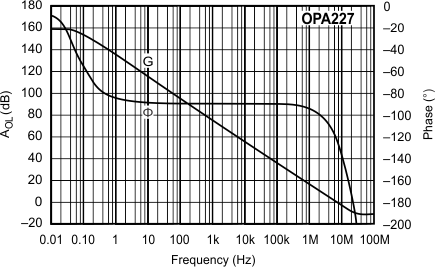
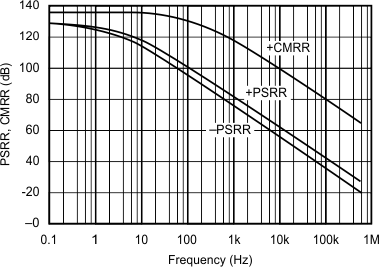
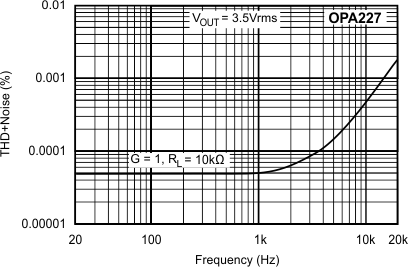
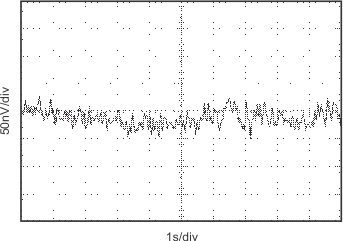
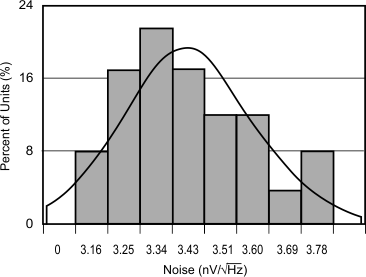
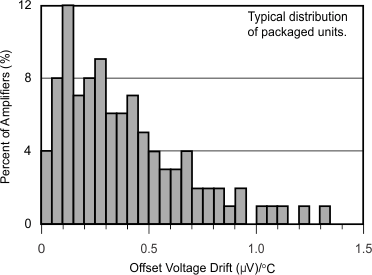
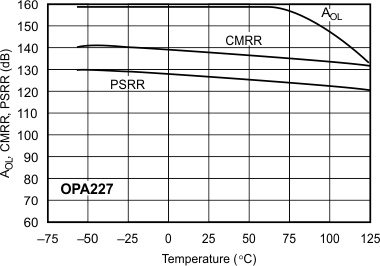
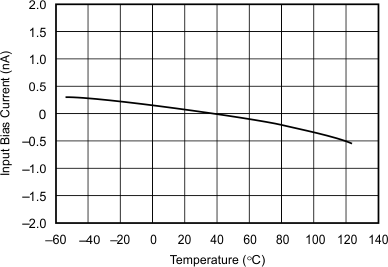
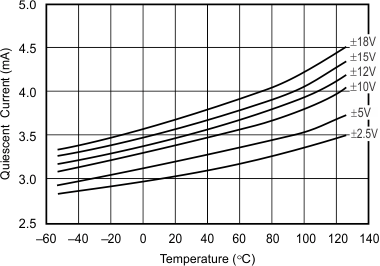
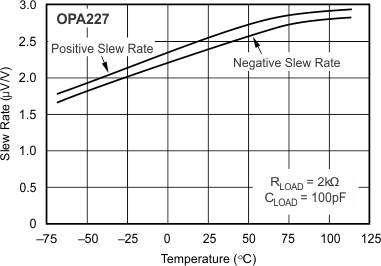
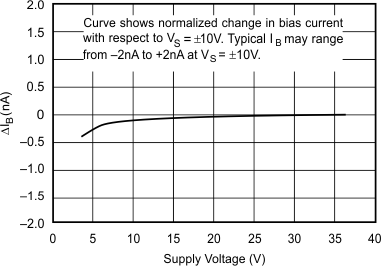
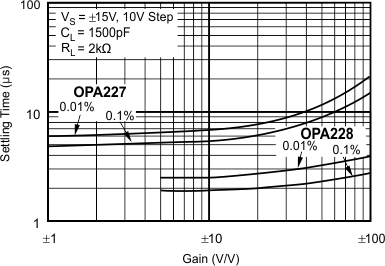
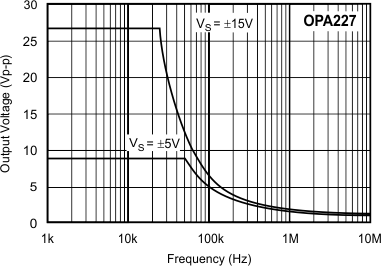
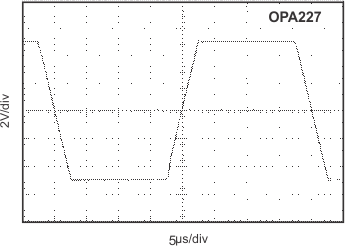
| G = –1, | CL = 1500 pF |
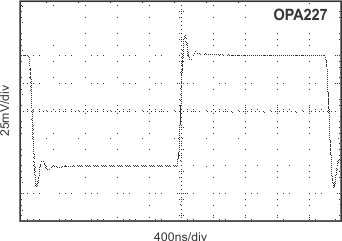
| G = 1, | CL = 5 pF | |
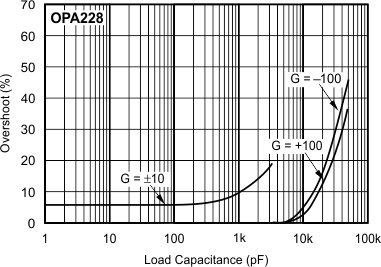
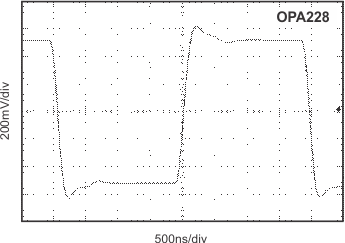
| G = 10, | CL = 1000 pF | RL = 1.8 kΩ |
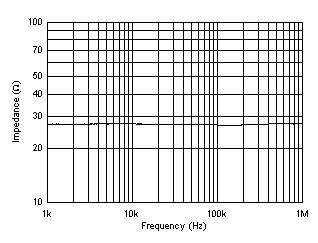
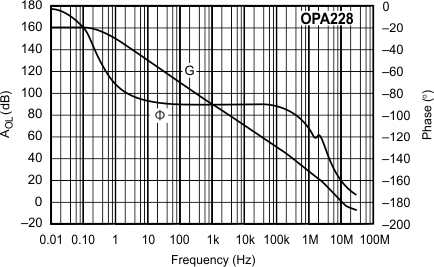
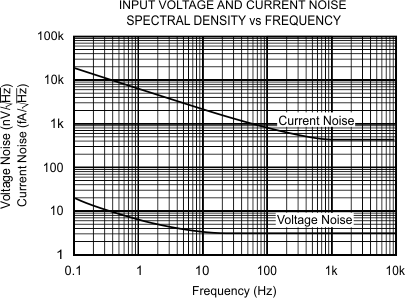
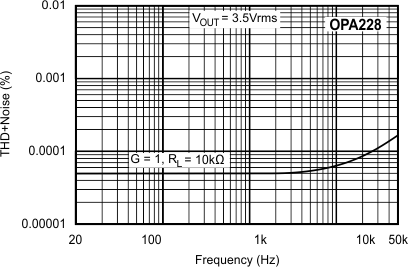
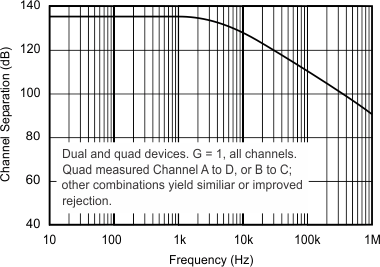
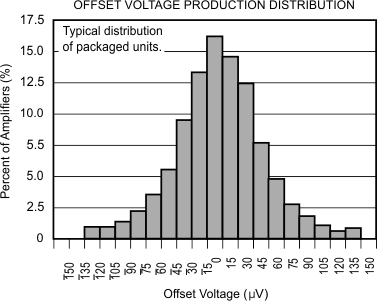
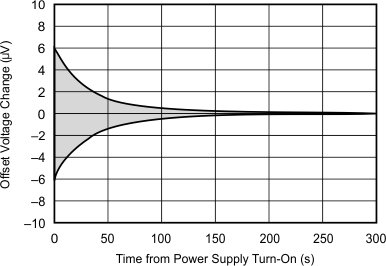
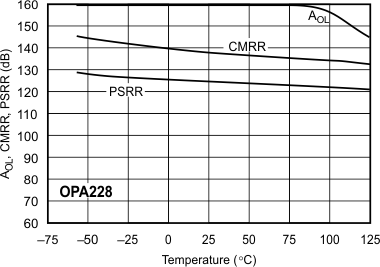
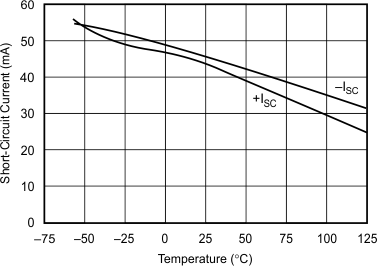
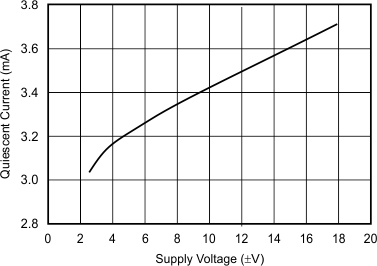
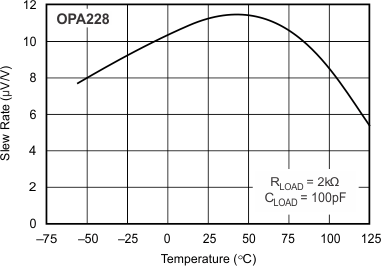
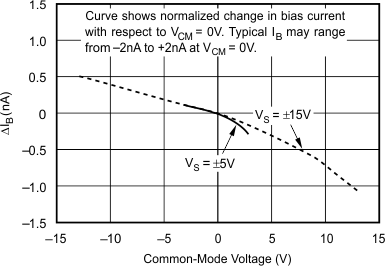
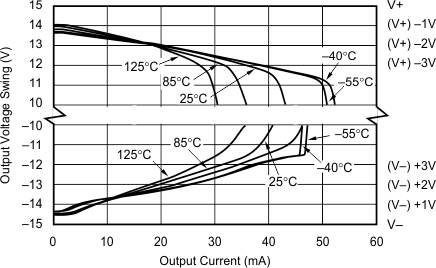
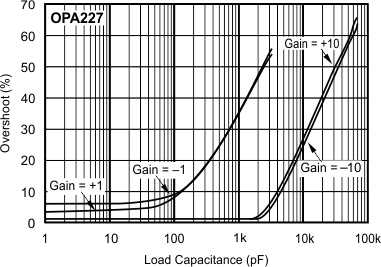
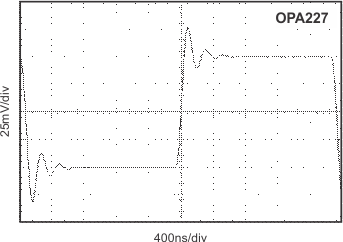
| G = 1, | C = 1000 pF |
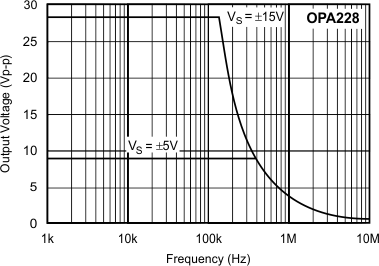
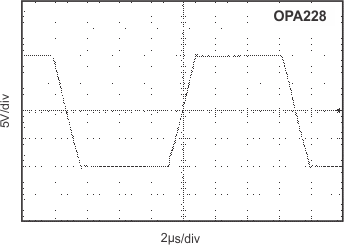
| G = –10, | CL = 100 pF | |
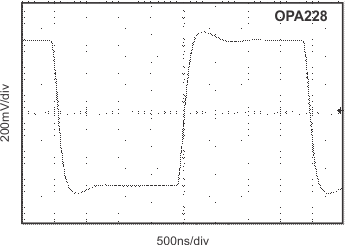
| G = 10, | CL = 1000 pF | RL = 1.8 kΩ |